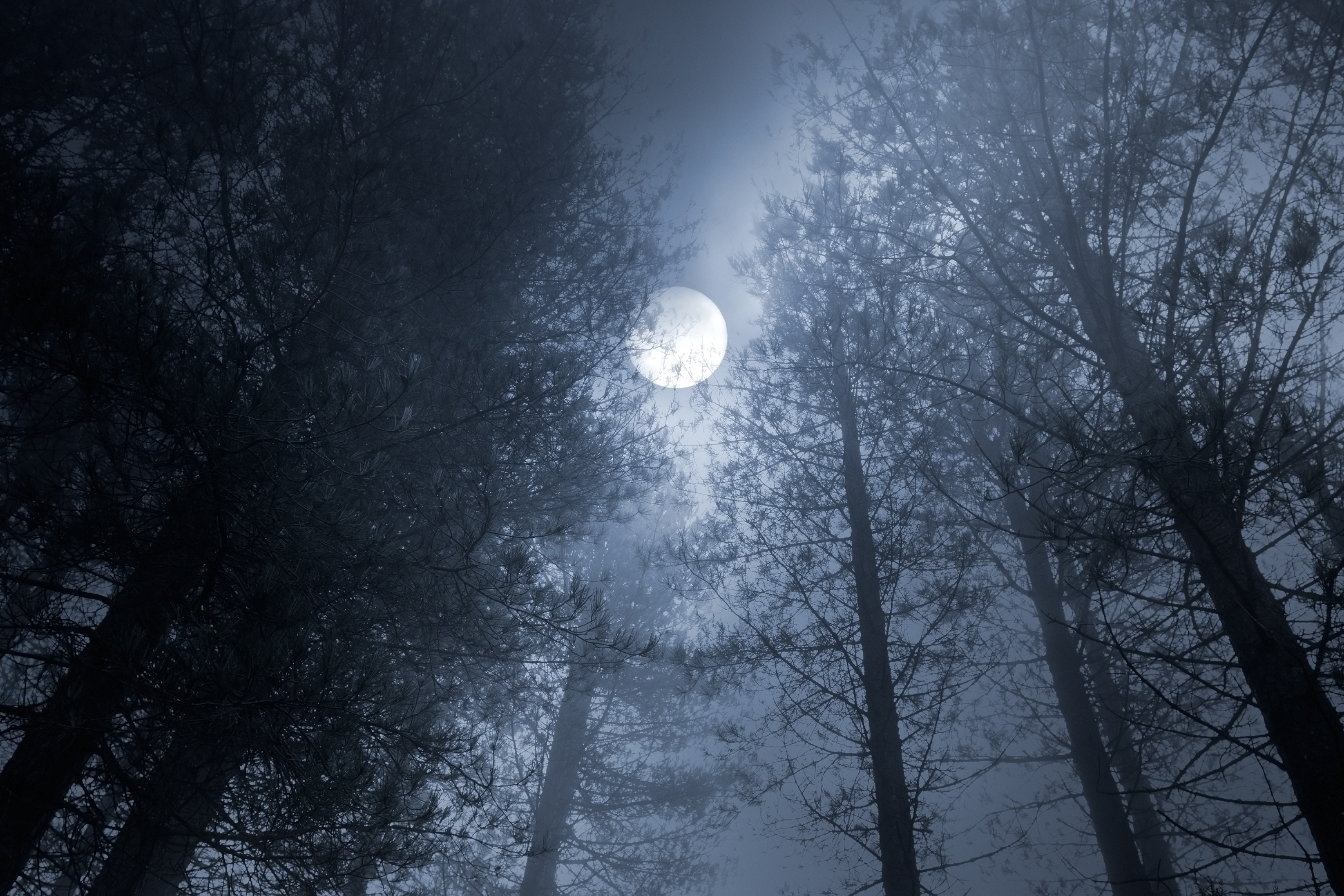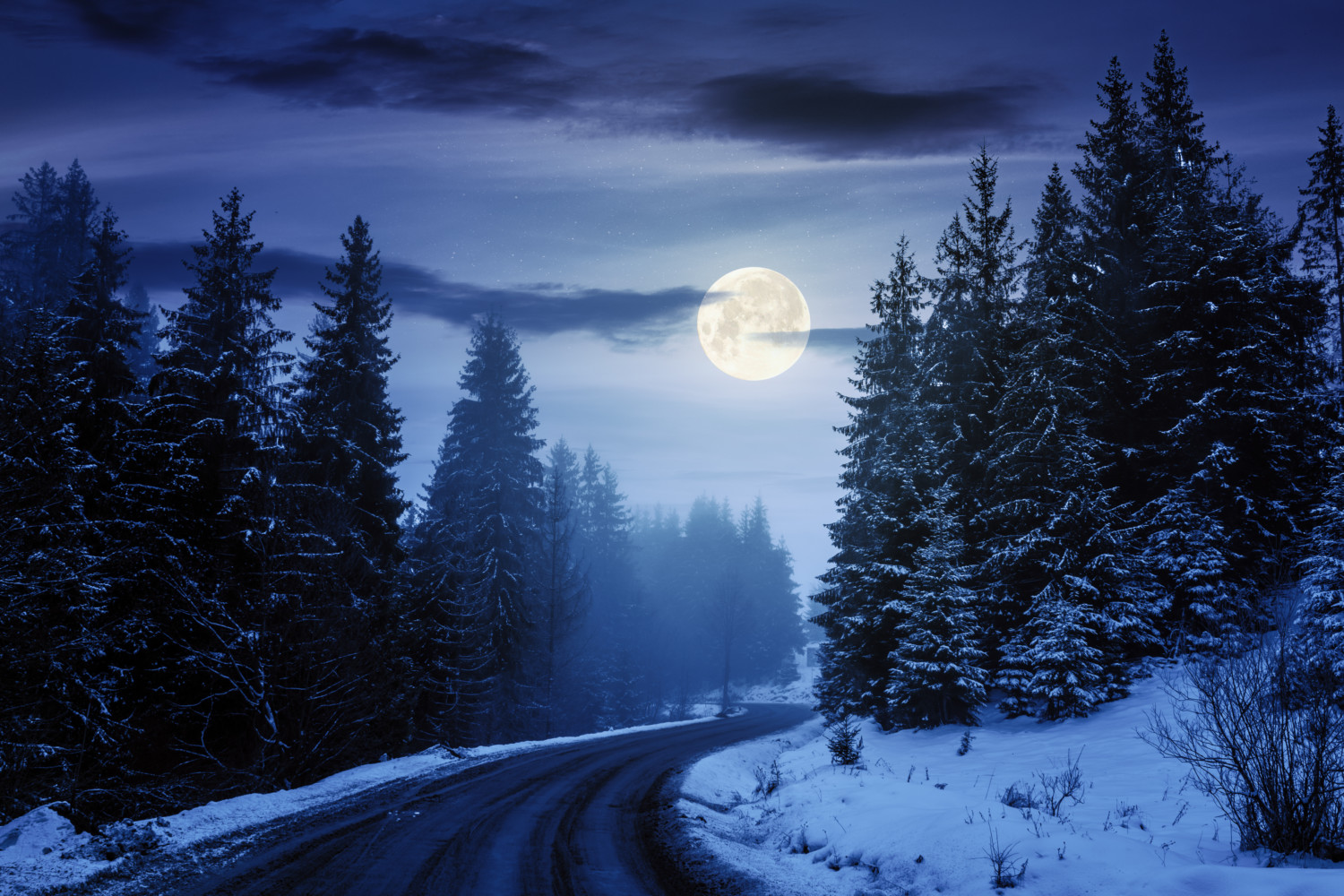The products and services mentioned below were selected independent of sales and advertising. However, Simplemost may receive a small commission from the purchase of any products or services through an affiliate link to the retailer's website.
The last full moon of 2022, also known as the Full Cold Moon, will be at its brightest on Wednesday, Dec. 7 at 11:09 p.m. EST.
The December full moon is unique because it stays above the horizon longer than most full moons, which gives watchers ample time to catch a glimpse of the last full moon of the calendar year.
The moon will rise just before sunset on Wednesday, Dec. 7, and it will remain visible in the night sky until Thursday morning.
However, if clouds get in the way, the moon will still appear full the night before and after.
The Cold Moon: How December’s Full Moon Gets Its Name
Full moon names are commonly derived from Native American cultures, according to the Farmer’s Almanac.
December’s full moon gets its name, Cold Moon, because the colder winter weather begins to take hold in the final month of the year.
This year, the full moon arrives exactly two weeks before the winter solstice on Dec. 21, which is why December’s full moon has also been called the Long Night Moon, referring to the shorter days and longer nights associated with the winter season.
Other interesting names for December’s full moon include Frost Exploding Trees Moon, Winter Maker Moon and Snow Moon. That last one, however, is the same name typically given to February’s full moon.
In ancient Europe, there was a festive name reserved for the December full moon: the “Moon Before Yule.” This moniker came about because December’s full moon coincided with the Yuletide festival that celebrated the return of the sun heralded by winter solstice.

How Much Brighter Is The December Full Moon?
The December full moon will be no brighter than any other full moon, but it will shine bright for longer, thanks to the winter season’s long nights.
A full moon takes place when Earth is between the sun and the moon, which results in the sun’s light fully illuminating the moon. With the full face of the moon reflecting the sun’s light, the moon becomes six times brighter than a half moon.
A full moon is also the second-brightest object in the sky, second only to the sun.

When Is The Next Full Moon?
The next full moon is the Wolf Moon on Jan. 6, 2023, which will be the first of 13 full moons in 2023.
We typically get 12 full moons per year — one each month — because a complete moon cycle is about 29 and a half days, less than any one of our calendar months.
That’s how we’ll get 13 full moons in 2023, resulting in a blue moon, which is the term for the second full moon that occurs in a calendar month.
The last time this happened was in 2020. The blue moon in 2023 will occur at the end of August.
Follow meteorologist Jason Meyers on Twitter and subscribe to his YouTube channel for more entertaining and educational content.
This story originally appeared on Simplemost. Checkout Simplemost for additional stories.


